West Bromwich is likely more famous for its industrial heritage as part of the Black Country and its football team than for its Colt designed course. Sandwell Park is located not more than 100 yards down the road from The Hawthornes, home to West Bromwich Albion FC, one of the founding members of the Football League and newly promoted to the Premiere League. Sadly, the last time the club won any silverware was in 1968, when under the guidance of Alan Ashman the club claimed the FA Cup.
A “garden variety” nine holes built in 1895 was the original course for Sandwell Park. In 1897 the club moved and built nine holes on the Sandwell Park Estate (now called Sandwell Valley), home of the Earl of Dartmouth. In 1905 the estate was described as more like a wilderness than anything else and it is still easy to see why as the back nine ventures onto some incredible terrain. In 1912 HS Colt’s radical redesign was opened. Since this time some changes have been made to accommodate the rapidly growing urban area which now engulfs the course. The M5 is hard to the west and its drone does detract from the pleasure of the game. Electrical pylons marching through the back nine necessitated some changes. One positive outcome of this development is the wonderful smell of baking bread wafting across the 10th fairway from the nearby Allied Bakery.
Sandwell Park is a difficult course to get a handle on. The two nines are wildly different in character with the front being in general visually quite tame and the back nine impressing me as much more intimidating. Oddly, despite these obvious differences, the front does have a few greens which after playing one does realize are far tougher than they appear.
The first takes us between the parking lot and practice area hard down the left, trees on the right and curiously a blind burn at the bottom of a gentle hill lurks - not my favourite sort of opening hole! Notice the high green pad on the left. This offers an indication of the up and down nature of the course and the difficult to read greens which await.
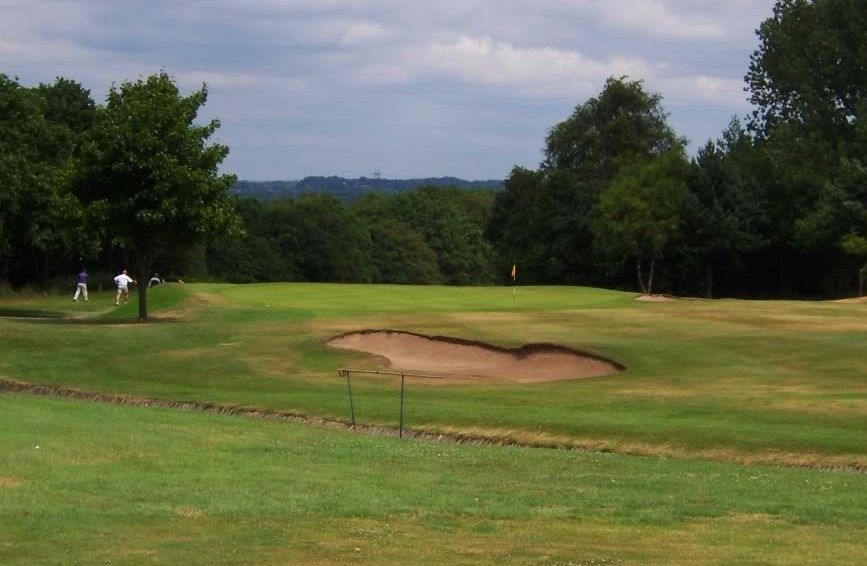
The second is a tight drive hugging the side of a hill.
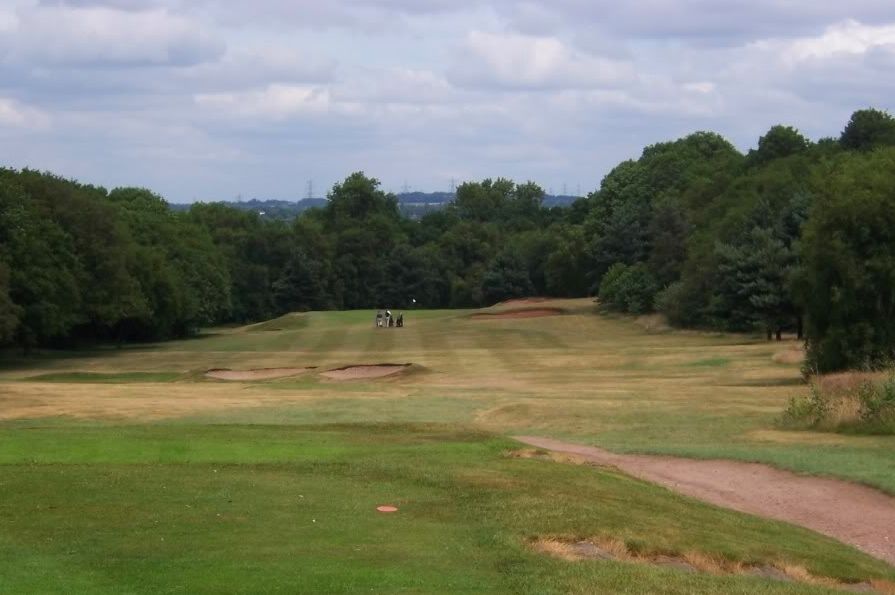
The green runs away from the fairway and due to the obscured view it is very difficult to choose a landing zone which must be short of the green and on the high side of the fairway. This hole encapsulates why a keen course can be far more challenging than target golf.

The third slides deceptively to the left. This green is one of the more perplexing on the course. It looks bland as the bread baked nearby, but the run from right to left is cleverly disguised.
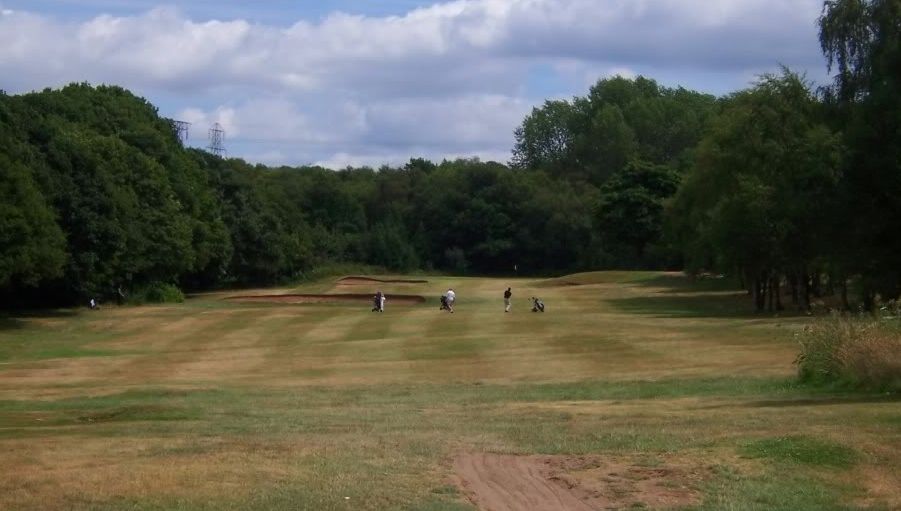
#4 is a superb par 3 which comes back on the 3rd. Consequently, the experience of the previous green causes trepidation when looking at this mad sloper. I know, I know, trees are a serious issue at Sandwell.
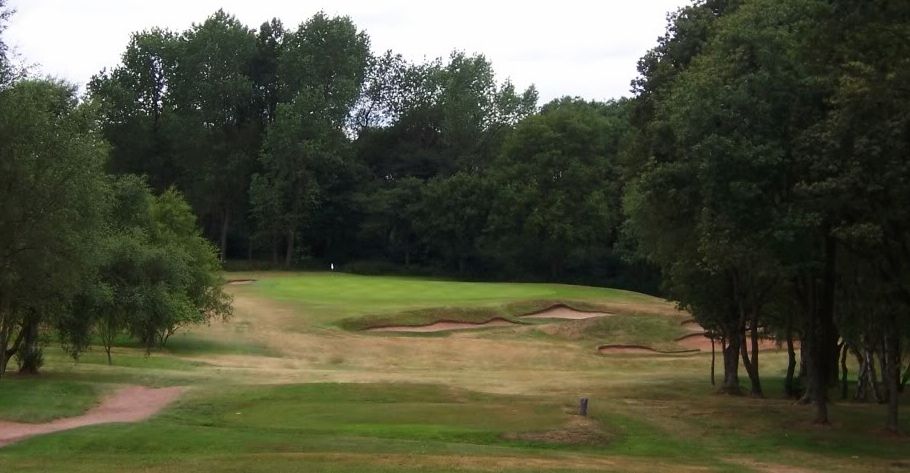
We now play back to back par 5s, neither of which is really exciting, but they aren't bad holes. Imagine the scale of these holes when trees didn't block the interior views!
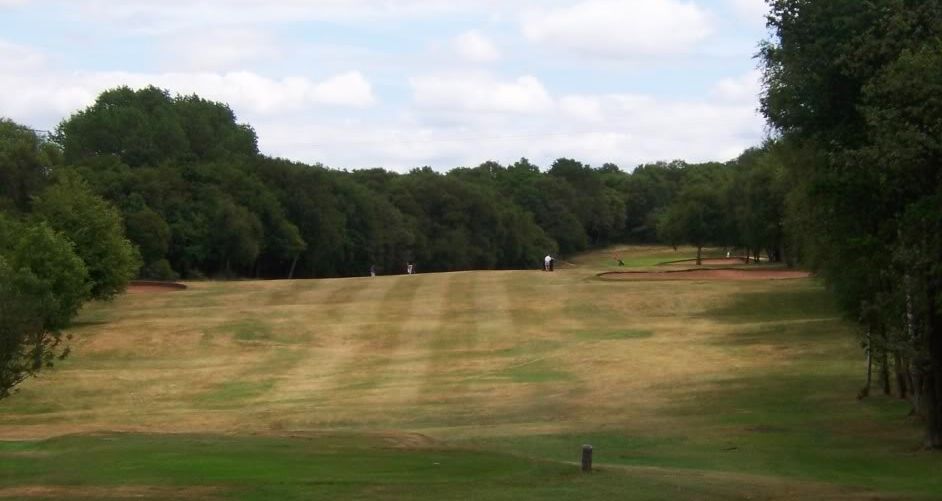
#6 from the Pulpit tee.
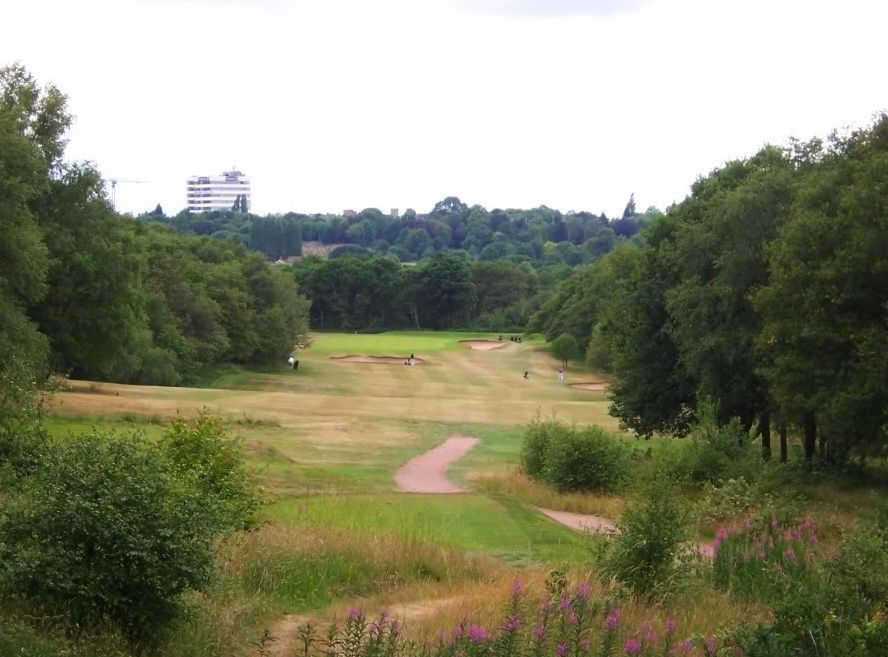
I would mention that the green for this hole is immense and sloping very strongly left to right - though it doesn't appear that way in the photo. The thought of golfers trying to get close to some of these hole locations must have made the green keepers chuckle.
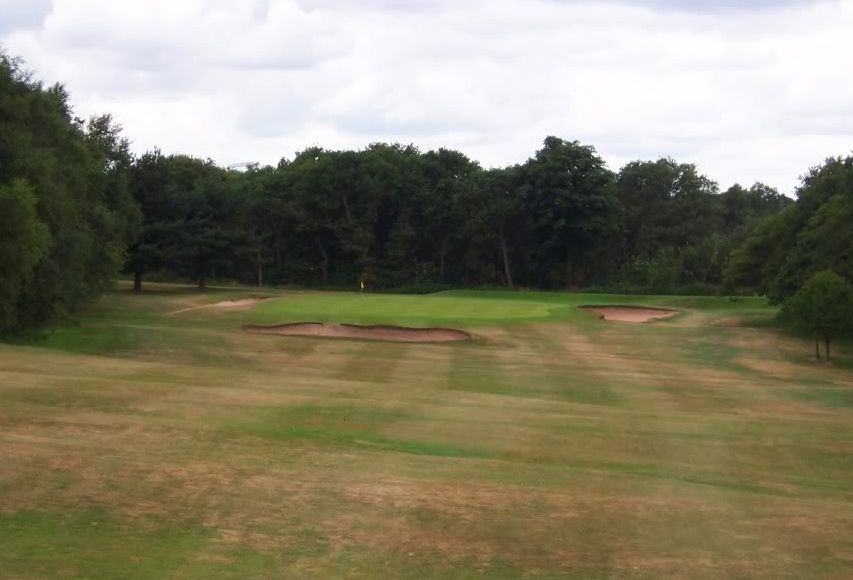
The wee 7th is a cracking one-shotter. It seems to play downhill, but that is a deception due to the sunken green. The hole plays uphill and drops near the green; superb use of the land to create visual disonance.

The short par 4 8th is another choked by trees, taking away the visual relief of the left side of this left to right fairway. One can see that coming in from the left is dead.
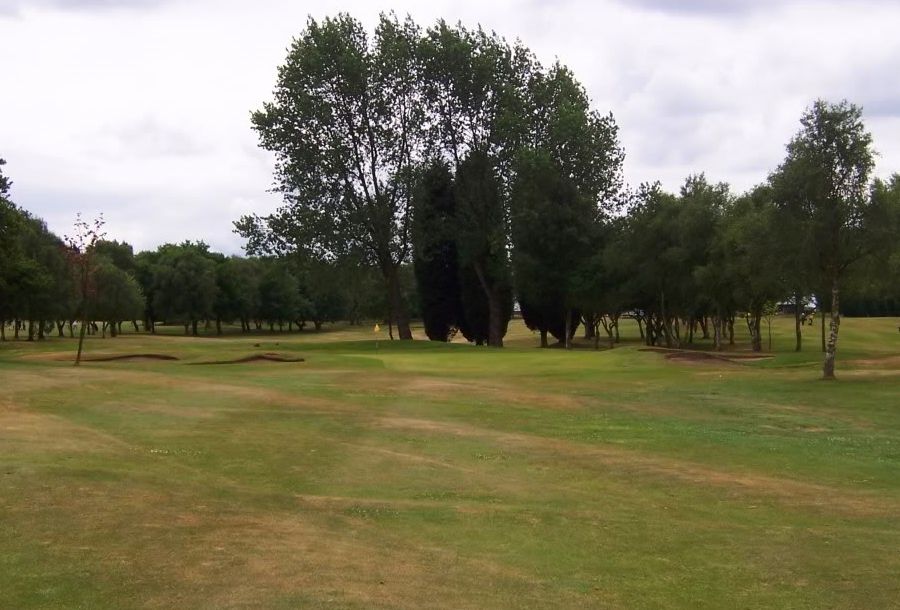
The side finishes with a rather bland par 4 which holds little interest. Additionally, the back nine gets underway with an equally unimpressive par 5. However, we now encounter a run of holes the like of which I have never seen from Colt. The 11th is a drivable blind par 4 with bunkers cutting off access from the left. A short diagonal bunker cuts in from the right wich the photo below depicts.
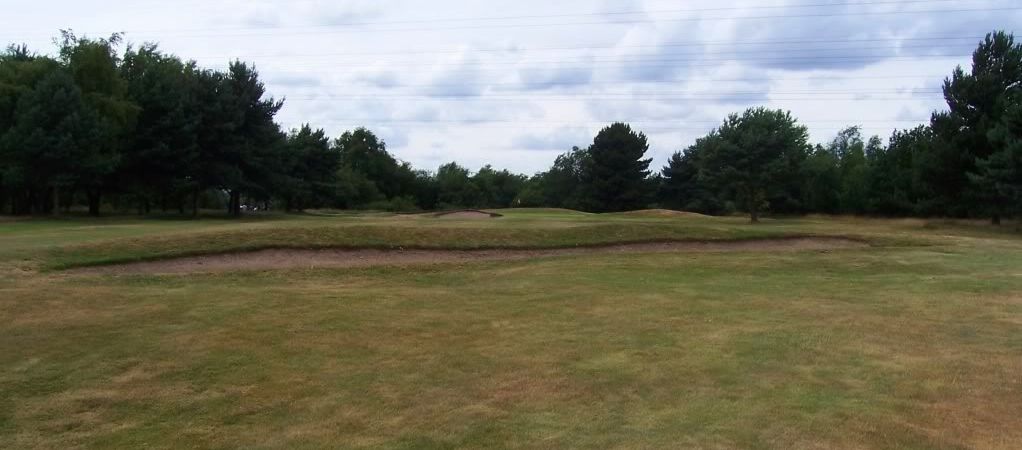
A closer look at the green.
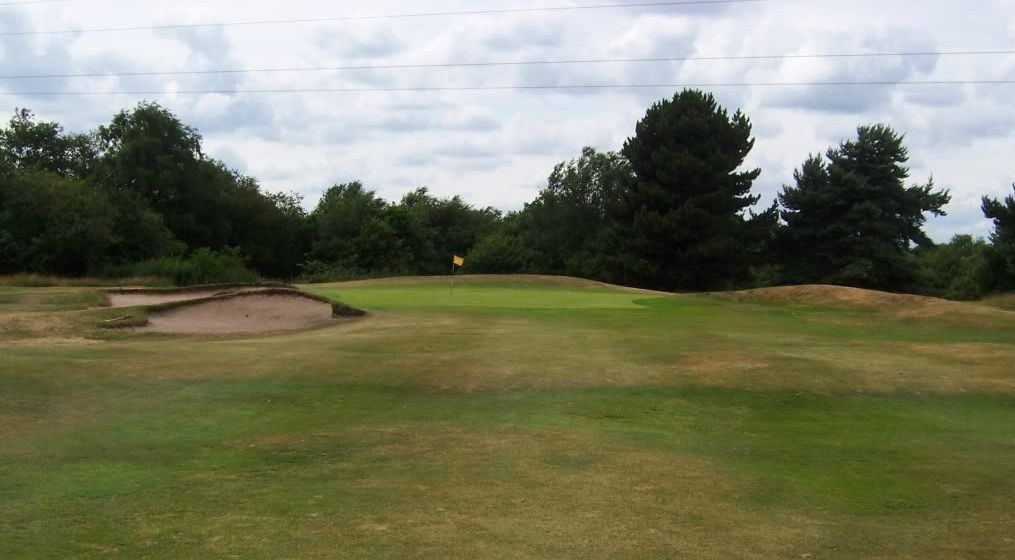
The par threes are a good set, but three play severely downhill. To me this is a weakness as I am not overly thrilled by drop shot par 3s. The 12th however, has a sting due to the green sloping right. I mean it slopes as the ball creep right of this hole location is at least five feet if putting from 15 feet. Once again, the green keepers were having a laugh! Notice the shaping to the left of the flag. Its a shame foliage masks the lovely effect the mounding would have had when this hole was originally built.
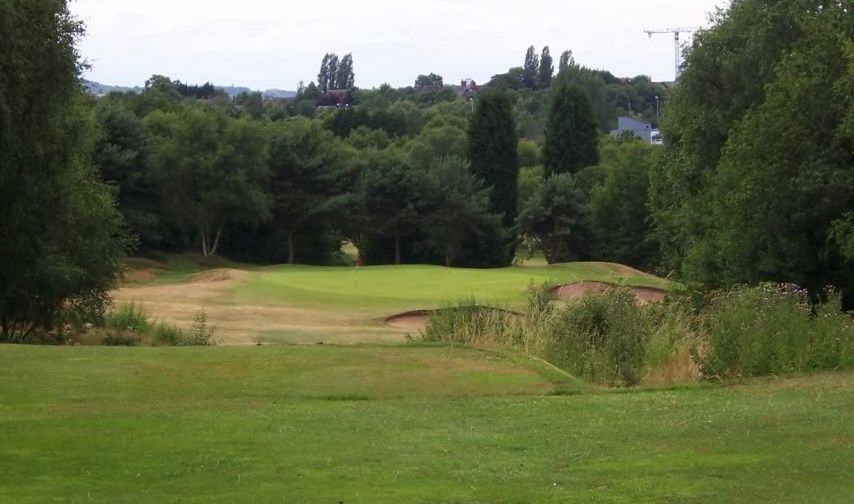
The 13th is every bit the heroic hole that Calamity Corner is and it has a wonderful name to match - Wheerisit! If one hopes to earn a clean four he must take on the corner bunkering and yet still be mindful of the jungle on the other side of the fairway. The fun doesn't end with the drive. The obscured and slightly downhill approach must be judged to perfection. A deep hollow protects the right and more jungle is on the left.
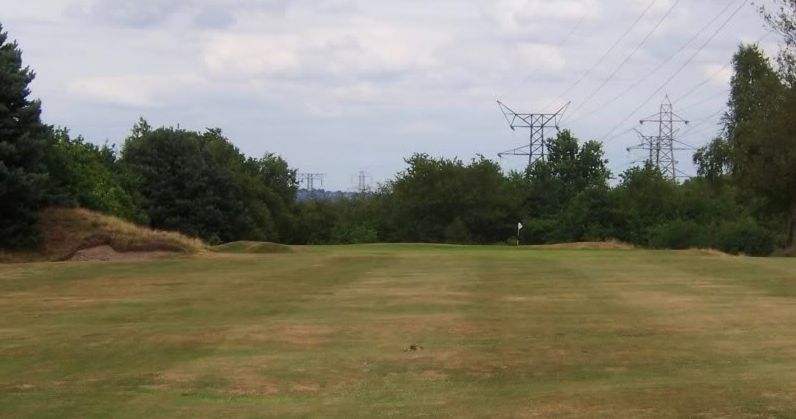
Folks may be wondering why in the heck there is a guide post to the rear of the green. The valley is far deeper than it appears in the photo, however, a big drive leaves a clear view of the green which like many, slopes away from the player. Not to harp on the subject, but the scale of this course must have been tremendous back in the day and it is tragic the trees have robbed the golfer of this aspect of architectural genius.


We now come to a hole that is far wider than it appears off the tee, but that doesn't stop one from being intimidated.
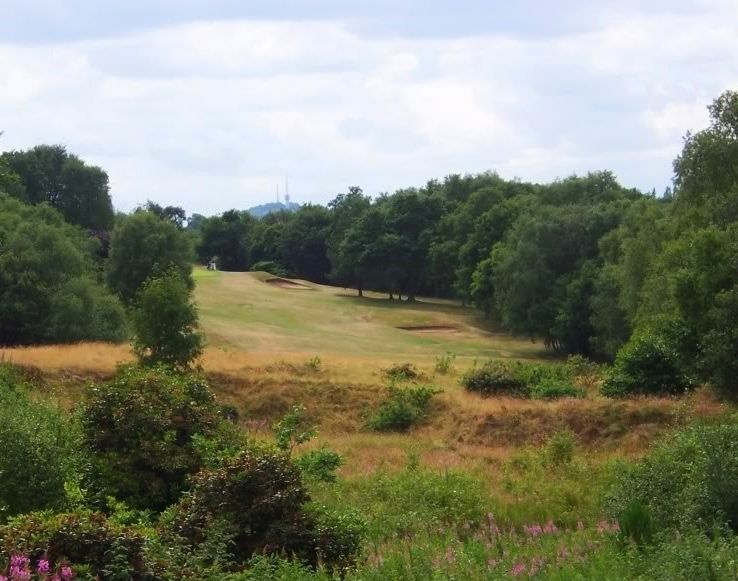
Could this have been a sky-line green?

The 16th, Peter's Folly, so named because Peter Alliss took a treble bogey in a match to commemorate the opening of this hole. I suspect this is one of the changes made due to the installation of the electricty pylons. Originally, the hole had sand surrounding the green. It probably proved to be the case that in keen conditions there needs to be a kick in area short of the green to have any hope of playing this severe drop-shotter successfully. Once again, trees are a menace to not only the beauty of the hole, but some of its playing charactersitics as well.
This most unusual stretch of holes concludes with the penultimate hole. Trees block the view of the right half of the fairway, but the danger of the ravine on left is readily apparent. Why a club would choose to Augustafy a teeing area with a narrow shoot of trees is a question for the ages. However, the approach is a cracker!
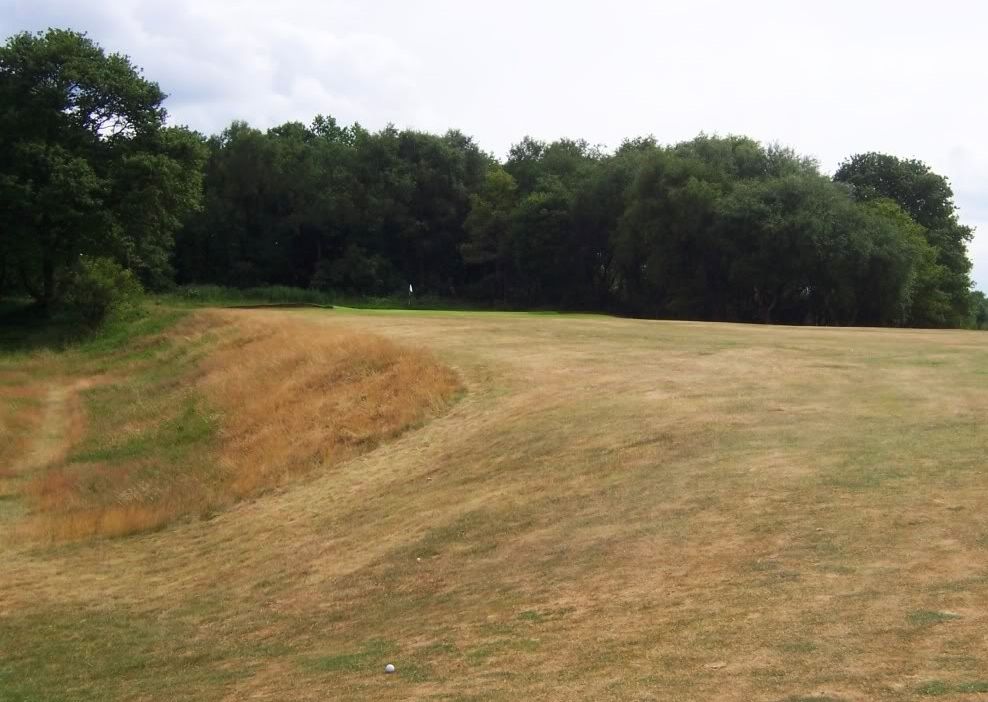
Similar to the ninth, the 18th, or the aptly named Gooin Wum, is not what we had hoped for. It isn't an easy hole by any means, but the huge cross bunker guarding the viciously left to right sloped green left me wondering why the holes around the house aren't improved in some way for they surely let Sandwell down.
My first instinct it to say Sandwell isn't really worth a visit, but as I stated earlier, the course is hard to come to grips with. Sandwell strikes me as somewhat unusual for Colt and serves as a reminder that he shouldn't be pigeon holed as a designer. For these reasons, I am going to hold off on any sort of rating because I don't really have a sense for the course. I need to see Sandwell again. 2010
Ciao